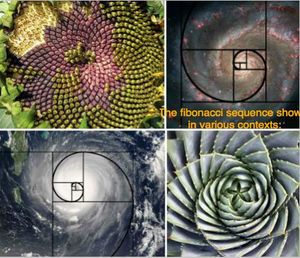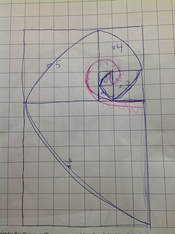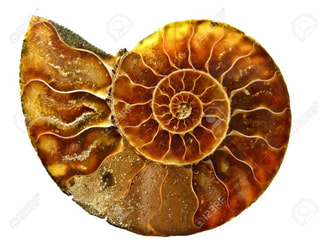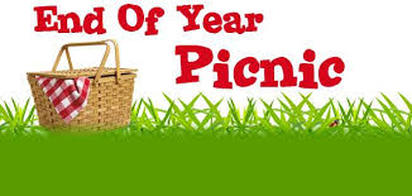|
Fossils give a valuable record of the plant and animal life and environmental conditions from millions of years ago in Alberta. In class this week, students looked at at fossils of trilobites and ammonites. Some students brought in actual fossils to show the class too. We discussed the Fibonacci numbers by reading a picture book about Leonardo Fibonacci the Italian mathematician who discovered this sequence. The title of the book was Blockhead and was authored by Joseph D'Agnese. The fibonacci sequence of: 1, 1, 2, 3, 5 8, 13, 21, 34 appear everywhere in nature, from the leaf arrangement in plants, to the patterns of a flower, the bracts of a pinecone, or the scales of a pineapple. We can also see this pattern in the fossil ammonite: In class this week students practiced for the Spelling test on Wednesday. They received their Spelling marks on Thursday or Friday. On Friday, most students were able to complete research questions about Alberta's fossil heritage and edit spelling sentences. Working towards revising and editing their work independently through attending to common spelling rules, knowing when and how to use capital letters and using punctuation correctly are all ongoing goals in Word Work this year. Some students who did not complete the work in class time brought it home as homework over the weekend.
0 Comments
Leave a Reply. |
Archives
June 2018
Categories |




 RSS Feed
RSS Feed
